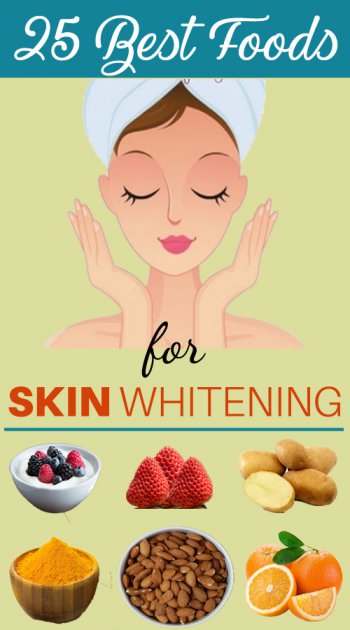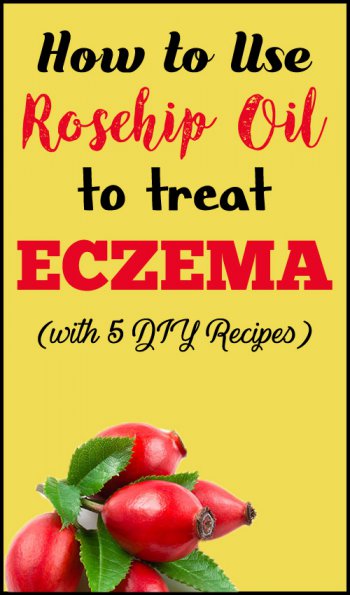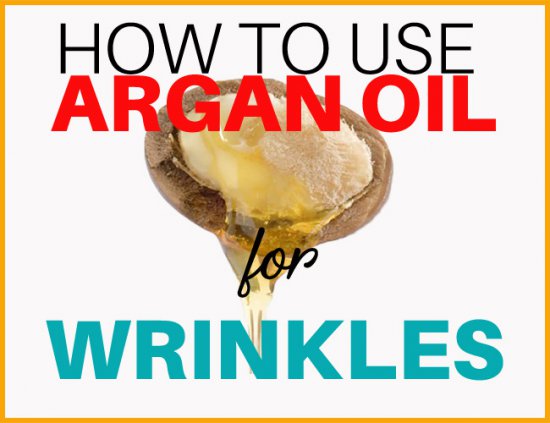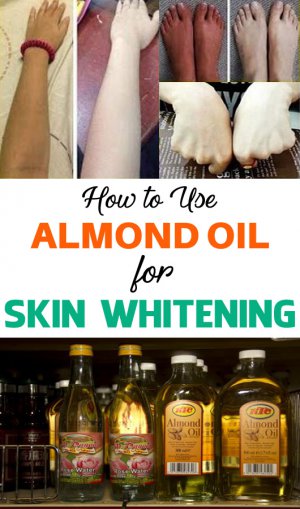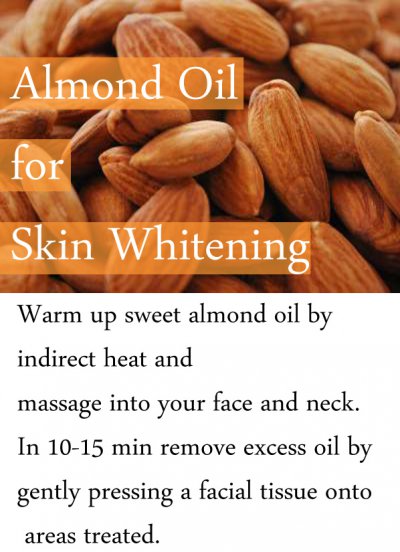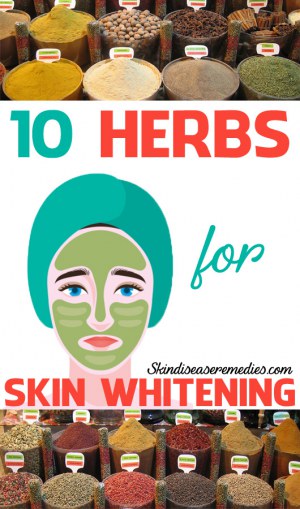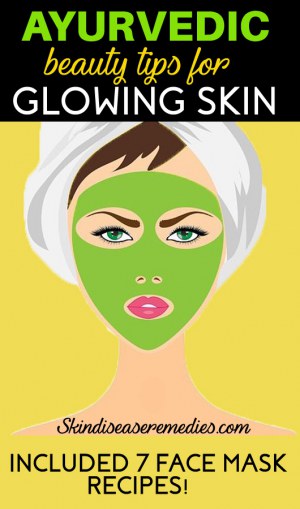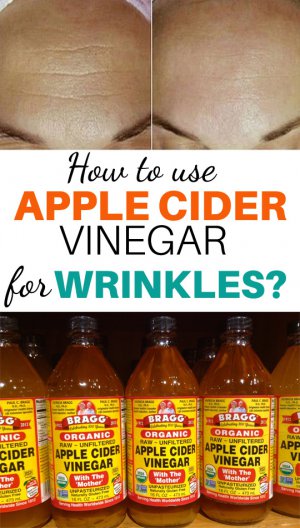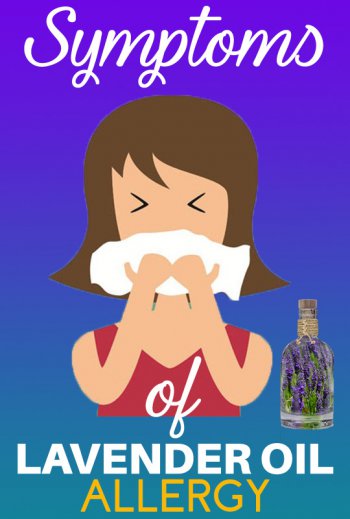
So you like the sweet fragrance of blue-violet colored lavender flowers, and you’ve heard praises about lavender oil’s medicinal benefits. But have you ever been told about lavender oil allergy?
Can you think of an essential oil which has been touted to reduce allergic symptoms but it can itself trigger the allergy?
Yes, It is none other than the lavender oil, which long been appreciated for its light fragrance and beautiful violet flowers, and the oil extracted from this plant also serves several medicinal purposes.
The essential oil in the blooms of lavender has been proven to improve eczema, reverse alopecia, and treat ailments such as insomnia and depression.
However, the lavender oil is extremely potent to cause allergic reactions when inhaled, applied to the skin or ingested orally. This can create a lot of trouble for the people who are allergic to smell of flowers. It causes them to suffer symptoms like watery eyes, a runny nose, and sneezing.
The ingestion of lavender oil can sometimes cause excessive sleepiness and drowsiness, especially when used with sedative medications that contain phenobarbital and butabarbital. The oil extracted from lavender can disturb the central nervous system.
Lavender Oil Allergy Symptoms
An allergic reaction caused by lavender oil can be detected through a multitude of symptoms. The initial symptoms are similar to a cough and cold because the phenobarbital present in lavender causes your body to release mucus and histamine, which leads to congestion and inflammation.
Unfortunately, the sensitive people can’t bear the lavender oil that has abundant of nutritional properties. So, the application of this oil on their skin causes the release of histamine which leads to various allergic symptoms.
The most common symptoms of lavender oil allergy are a headache, blurred vision, burning sensation in the throat and the eyes, and difficulty breathing. Even 5 drops of lavender oil are enough to ruin the lives of people who are allergic to it.
Apart from the external application, ingestion and inhalation of lavender oil can trigger symptoms of lavender oil allergy. So, let’s go through the list of noticeable symptoms of lavender oil allergy.
- Contact dermatitis- Skin develops an allergic reaction and tends to burn, leaving itchy trails all over.
- Blurred vision- lack of vision and inability to see fine details.
- Nausea- uneasy sensation in the pit of the stomach.
- Vomiting- forceful discharge of stomach contents through the mouth.
- Diarrhoea- Upset stomach, frequent bowel movement.
- Skin rashes- Inflamed and irritated skin.
- Headache- Blinding pain in the region of the head.
- Burning sensation in eyes
- Difficulty in breathing
Symptoms of this allergen can be mild and go unnoticed in the initial weeks, but you should never ignore them. The allergens present in this oil when reacts with the immune system, it becomes prone to damage your skin and ruin your immunity.
Diagnosis & Prevention
Skin reactions to lavender extract occur when using the oil for external applications on the skin, applying lotions, perfumes, cosmetics and soap products containing the lavender oil.
When you experience any two of the above mentioned allergic reaction symptoms after using the lavender oil, make sure to consult your doctor for an immediate diagnosis. Your doctor will first conduct the prick test to confirm whether or not the allergen is caused by lavender oil.
Always check with the doctor before using lavender oil, and learn about the possible medical interactions. Research shows that the use of lavender can cause abnormal breast growth in males.
If you really want to prevent lavender oil allergic reaction, avoid using this oil for massaging your skin, inhaling its smell trough aromatherapy, and consuming it with foods. It is also advisable to avoid cosmetic creams and lotions that contain lavender oil.
Skin plays the most crucial role in making you look beautiful, and there are dozens of lavender oil products which claim that it has abundant benefits for the skin. But, the benefits sometimes are backed up by a lot of side effects.
However, few people have claimed that the lavender oil exhibits excellent results on their skin. So, the best option would be conducting a patch test before including it in your skin care regimen.
Note: Pregnant women are always recommended to consult the doctor before using lavender oil.
Home Remedies for Lavender Oil Allergy
The best option would be seeking medical treatment whenever you happen to notice symptoms of allergic reaction. Your doctor will assess the vital signs; administer remedies for cleansing and detoxifying your body off the allergy-causing agents.
But if you’re looking for some other ways for relieving your allergy symptoms, we’ve got you covered. Here we are sharing the best remedies for allergy relief.
Note: Don’t use the ingredients that you’re allergic with.
#1 Peppermint Oil
Peppermint oil is an excellent expectorant and a relaxant as well. It has been proven to have antispasmodic properties and has no counted side effects. So, when you inhale the peppermint oil, it immediately relieves a headache, clears your sinuses, and reduce coughing.
- Place 2-3 drops of peppermint oil in a diffuser
- Dab the drops on your forehead and chest
- And massage the applied area for a minute
Experts also recommend consuming one drop of peppermint oil when you feel difficulty in breathing.
You can also add few drops of peppermint oil to a cup of lemon tea to help your immune system relieve your allergy symptoms.
#2 Tea Tree Oil
The tea tree oil is one of the most inexpensive oil. It has anti-allergic effects on treating skin irritations. But with the beneficial effect at treating the allergies, this oil has certain restrictions associated with its usage.
Tea tree oil should never be ingested because it is a tropical remedy. Experts advise avoiding inhalation or ingestion of this oil as it may cause hormonal imbalance in boys who haven’t reached puberty.
But it is extremely effective at relieving skin irritations, reducing the circumference of an allergic reactions, inflammations, and redness on the skin.
To use tea tree oil for relieving lavender oil allergy, try this simple formula:
- Add 3 tablespoons of tea tree oil to your regular body wash
- Stir well and give it ten downward strokes for the contents to mix properly.
- Apply the lotion to the affected area to get rid of the skin rashes and burning sensations.
#3 Clove Oil
Clove buds have long been touted as antibacterial, antiviral, antiseptic, antifungal and antimicrobial. It has been used as a medicinal element for more than 2000 years.
And it is still used for skin afflictions, dental care, skin repellent, digestive agent, candida, acne, and seasonings. So, it didn’t come as a big surprise when people learned about its miraculous effects in treating allergic reactions.
Because clove oil has a gentle yet noticeable effect on the skin, you can apply it over your skin for relieving skin rashes and contact dermatitis.
- Rub few drops of clove oil on your pillow
- Lay on the side where you’ve rubbed the oil
- Take a deep breath, exhale slowly
- Repeat for 20 times and sleep.
It will help you get rid of nausea and vomiting. You can also keep a sachet of clove buds under your pillow cover.
Add 2 drops of clove oil to your toothpaste to get rid of upset stomach and diarrhoea.
#4 Lemongrass Oil
Lemongrass can be used to relieve lavender oil allergy. It can relax the muscle and tendon, relieve a headache, and blurred vision caused due to lavender oil. It works best to cure allergy-related headaches.
This oil is especially helpful when you’ve sensitivity to lavender oil. It can also relieve indigestion and heartburn if you rub it on your chest or abdomen. Here a simple formula you can try at home to get rid of lavender allergy.
- Mix equals amounts of lemongrass and clove oil in a roller ball.
- Add few drops of almond oil.
- Give ten downward strokes to mix the oils.
- Roll on your forehead, throat, and areas that hurt.
This simple remedy will combat the pains of allergic reactions and allow you to have restful sleep when applied before going to bed.
#4 Eucalyptus Oil
This oil is one of the best essential oils or upset respiratory tracts and any respiratory ailments. It has anti-inflammatory and analgesic properties that can help reduce wheezing, chest pressure, and clear your sinuses.
This oil can help reduce skin rashes, soothe a sore throat, and reduce coughing. To treat lavender oil allergy, try this recipe:
- To an aromatherapy diffuser, add 5 drops of eucalyptus oil
- Add a few drops of boiled water.
- Breathe in the particles deeply.
You can also add drops of eucalyptus oil in a steaming bowl of water, wrap a towel you’re your head, and breathe deeply. This recipe will instantly relieve a headache, clear blocked nose, and blurred vision.
So if you are suffering from lavender oil allergy, make sure to get yourself checked by your doctor and then check out the wide selection of essential oils that can help you to get rid of it. All these oils are anti-allergic and they are very likely to bring best results in shortest possible time.

